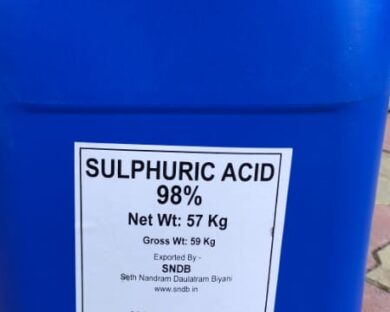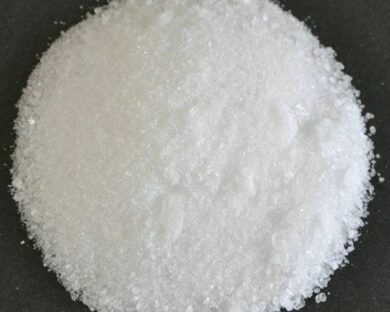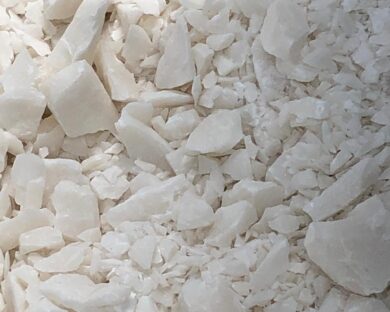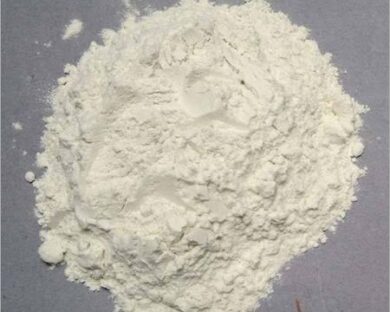Formic Acid
What is Formic Acid
Formic acid is also known as methanoic acid and is the simplest carboxylic acid. Formic acid has the chemical formula H2CO2 and completely miscible with water. It is a colorless liquid with a pungent, vinegar-like odor; and ten times strong acid than acetic acid. Formic acid occurs in some insects like ants and bees naturally. Formic acid contains a single carboxylic acid group linked to the hydrogen atom.
Formic acid has prepared with many methods. But the most common process to obtain formic acid is reacting sodium form-ate with sulfuric acid or treating form-amide with sulfuric acid. There is another method for its preparation which is the hydrolysis of methyl for-mate.
Formic acid is the simplest carboxylic acid and has a wide range of uses on the industrial level. The central application of it is food preservative and anti-bacterial agent in livestock feed. Formic acid has used in producing leather. Its uses also include tanning, dyeing, and finishing textiles all over the globe. Formic acid applications include; as an alternative to various mineral acids in cleaning products like lime-scale remover and toilet bowl cleaner. Formic acid stops many decay process and kill microbes that's why it is one of the cattle food preservatives. As formic acid is an acid, a coagulant in rubber synthesis uses it in all continents. It is an effective treatment against warts. It also has potential application in soldering because of its capacity to decrease oxide layers.
In its dilute form, formic acid is non-toxic. But in its concentrated form, formic acid is harmful and corrosive. On inhalation of fumes of formic acid may cause irritation and swelling of the mucous membrane. In contact with skin or eyes may cause burns and blisters.
USES AND APPLICATIONS FOR FORMIC ACID
INDUSTRIES
It is used in numerous industrial applications like:-
- Cattle food preservative.
- Food additive
- Anti-bacterial agent
- Cleaning products
- Artificial flavorings agent
- Dyeing
- Leather tanning
- Textile finishing
- Rubber production
… and many more.
Details of SNDB Chemicals Formic Acid can be found below:-
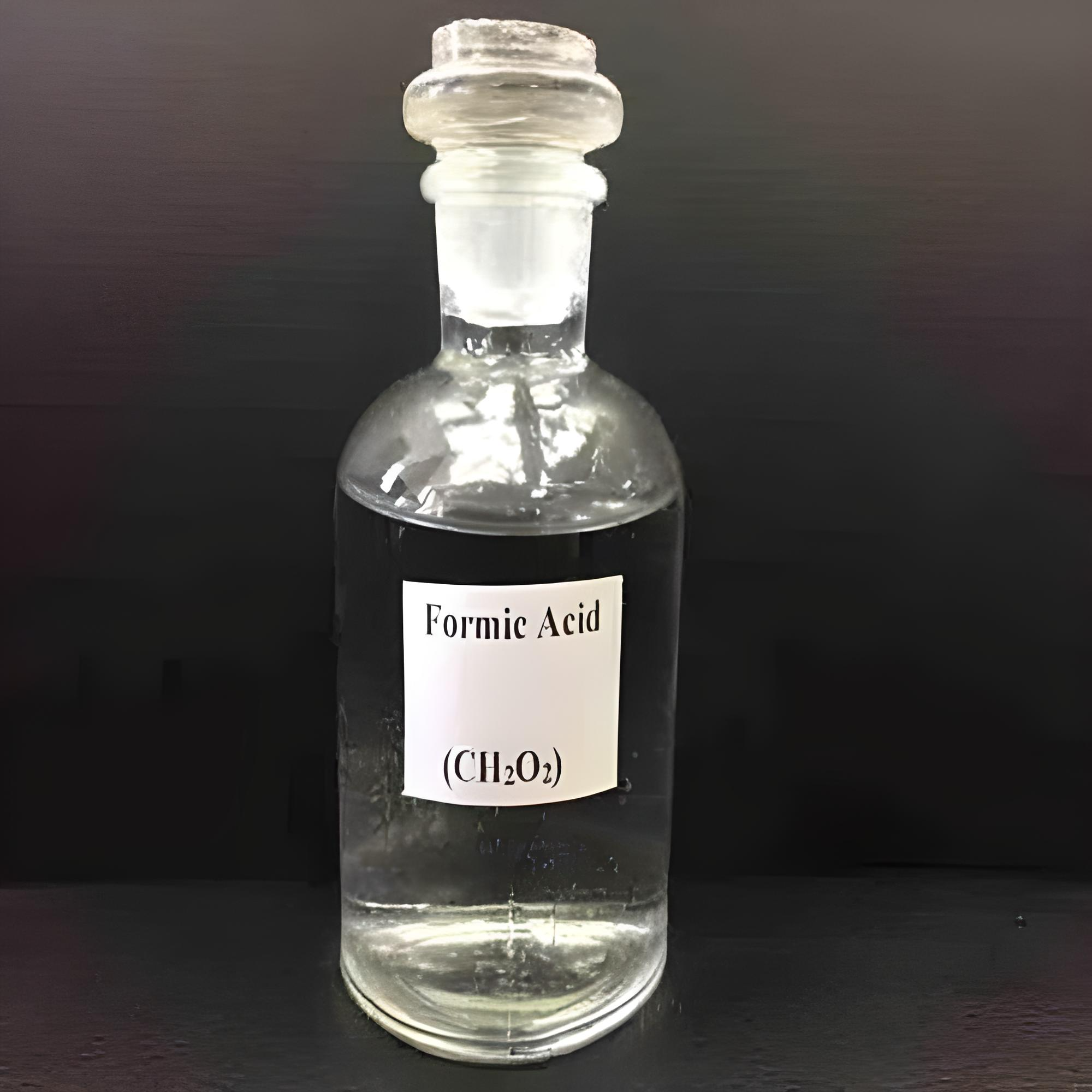
Formic acid, also known as methanoic acid, is a versatile organic compound with a wide range of applications across various industries. With its simple chemical structure (HCOOH),It plays a crucial role in numerous processes, from industrial production to agricultural applications and beyond.
Industrial Applications: In industrial settings,It serves as a valuable chemical intermediate in the production of various compounds, including pharmaceuticals, pesticides, and dyes. Its ability to undergo diverse chemical reactions makes it indispensable in the synthesis of a myriad of products. Additionally, formic acid is utilized as a coagulant in the production of synthetic rubber, textile treatment, and leather processing.
Preservative and Disinfectant:It antimicrobial properties make it an effective preservative and disinfectant agent. It is commonly used in the preservation of animal feed, preventing microbial growth and maintaining feed quality. Moreover, It is employed in the treatment of drinking water and wastewater, where it helps control microbial contamination and maintain water quality standards.
Cleaning and Degreasing Agent: Due to its strong acidic nature, It is utilized as a cleaning and degreasing agent in various industrial and commercial applications. It effectively removes scale, rust, and mineral deposits from metal surfaces, making it an essential component in industrial cleaning formulations. Additionally, formic acid is used in the production of household cleaning products, such as descaling agents and bathroom cleaners.
Textile and Leather Industry: It finds extensive use in the textile and leather industry for dyeing, finishing, and tanning processes. As a reducing agent, it facilitates the fixation of dyes onto fabrics, resulting in vibrant and long-lasting coloration. In leather tanning, formic acid helps in the removal of hair and flesh residues from hides, ensuring proper tanning and enhancing the quality of leather products.
Agricultural Applications: In agriculture,It serves multiple purposes, including crop protection, pest control, and animal husbandry. It is used as a pesticide and herbicide, effectively controlling weeds and pests while promoting crop growth. Moreover, It is employed in the preservation of silage, preventing spoilage and preserving nutrient content for livestock feed.
Environmentally Friendly Solvent: Compared to many other acids, It is considered relatively environmentally friendly. It is biodegradable and does not persist in the environment, making it a preferred choice for various applications where environmental impact is a concern. Additionally, It can be produced from renewable resources, further enhancing its eco-friendly credentials.
Safety Considerations: While It offers numerous benefits, it is essential to handle it with care due to its corrosive and irritating properties. Proper safety precautions, including the use of protective equipment and adherence to handling guidelines, are crucial to minimize risks associated with its use.
Contact us for Details of SNDB Chemicals.

